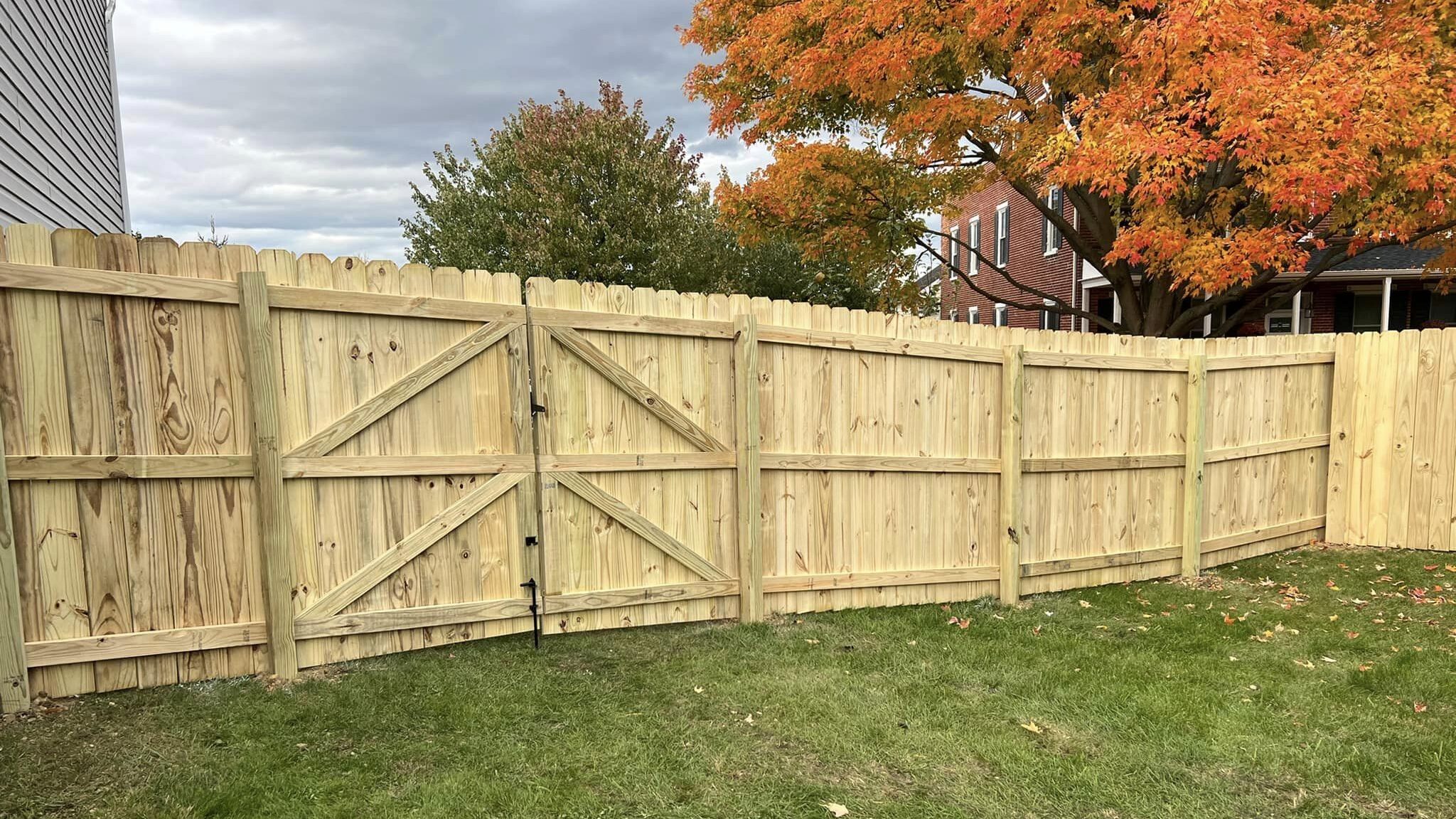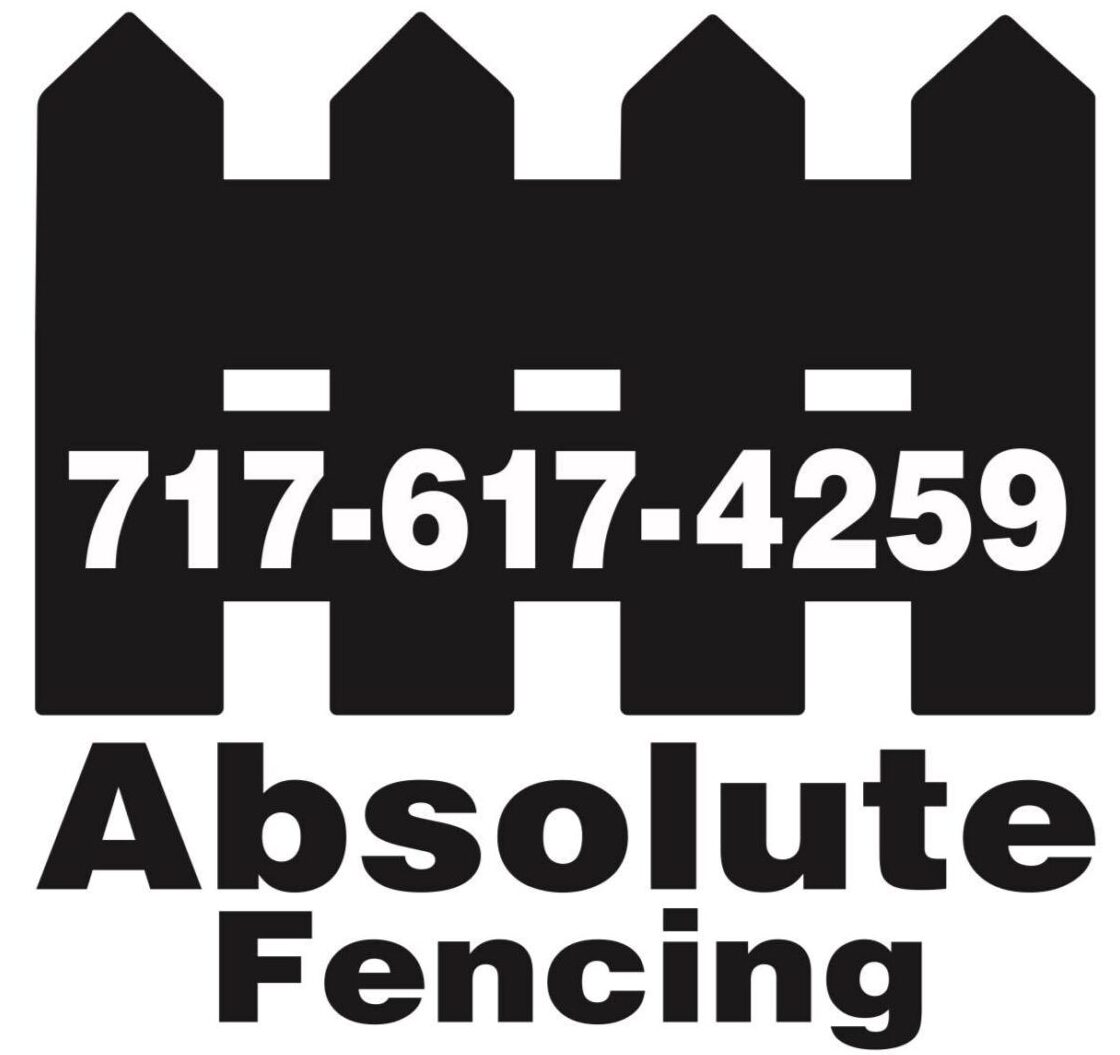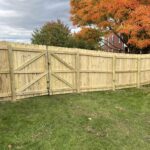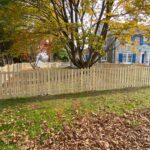Fall Fence Maintenance: 8 Essential Tips to Prepare for Winter
As the vibrant hues of fall begin to settle and cooler temperatures arrive, it’s the perfect time to prepare your property for the winter months ahead. One area often overlooked is fence maintenance. Whether your fence is made of wood, vinyl, or metal, ensuring it is ready to withstand the harsh winter elements is key to its longevity and functionality. Here’s a comprehensive guide to fall fence maintenance to keep your property secure and aesthetically pleasing all year long.

1. **Inspect the Fence Thoroughly**
The first step to effective fall fence maintenance is a detailed inspection. Walk the perimeter of your property and closely examine the entire length of the fence for any signs of wear and tear. Look for:
– Cracks or splits in wooden fences.
– Rust** on metal fences.
– Discoloration or warping in vinyl fences.
– Loose or broken posts, boards, or panels in any type of fence.
Early detection of these issues can help you address small problems before they become significant, expensive repairs during or after winter.
2. **Clean the Fence**
Cleaning your fence before winter ensures that no dirt, mold, mildew, or algae build-up can cause damage during the wetter months. The cleaning process differs depending on the material:
– Wood fences: Use a mixture of water and mild soap to scrub away dirt, followed by a gentle rinse. Be cautious with pressure washers, as they can damage the wood if used improperly.
– Vinyl fences: These can be cleaned with a hose and a vinyl-safe detergent. Avoid abrasive cleaners that may scratch the surface.
– Metal fences: Use soapy water and a scrub brush to clean metal fences, ensuring any dirt, grime, or rust is removed. Finish by rinsing the fence with a hose and drying it to prevent moisture build-up.
A clean fence not only looks good but also prevents mold and moisture from leading to long-term structural damage.
3. **Repair and Replace Damaged Sections**
After cleaning and inspecting, it’s important to address any damage before winter. Wood fences may need boards replaced, vinyl fences may have cracked panels that should be fixed, and metal fences may have rust that needs to be treated. Repairing or replacing damaged sections during the fall prevents further deterioration from snow, ice, and wind.
For wooden fences, any loose nails or screws should be tightened, and for metal fences, check that all joints and fasteners are secure to prevent swaying during high winds.
4. **Apply Protective Coatings**
For fences exposed to harsh weather, a protective coating can be a game-changer, especially for wooden and metal fences:
– Wood fences: Applying a weatherproof sealant or stain in the fall protects the wood from absorbing excess moisture, which can lead to warping, cracking, or rotting. Choose a high-quality product that is designed to withstand the freeze-thaw cycle of winter.
– Metal fences: A rust-resistant paint or coating is essential to protect against corrosion. Pay particular attention to any areas that show early signs of rust and give them extra protection.
– Vinyl fences: Though vinyl is durable, if you notice any spots prone to algae growth, applying a mildew-resistant treatment may help prevent issues down the line.
5. **Check and Reinforce Fence Posts**
Winter storms and heavy snow can put extra pressure on fence posts, so ensuring that they are secure in the fall is crucial. Check for:
– Leaning or wobbly posts: Posts should be sturdy, and any sign of movement means they need reinforcing. For wooden posts, ensure the base is not rotting or deteriorating. For metal posts, check for rust at the base.
– Loose soil: If the ground around the posts has shifted or eroded, adding gravel or additional soil around the base can help keep them secure through winter.
If a post needs more significant reinforcement, consider resetting it in concrete to prevent shifting during freezes and thaws.
6. **Trim Back Vegetation**
Fall is the perfect time to prune any trees, shrubs, or vines that are growing near your fence. Overgrown vegetation can lead to excess moisture, which in turn can cause mold growth or wood rot. Furthermore, falling branches during winter storms can cause physical damage to your fence. Trim back any foliage to create a buffer between the plant life and the fence.
7. **Check Gates and Latches**
As winter approaches, it’s a good idea to check the functionality of gates and latches. Over time, they can become misaligned due to regular use or ground movement. Ensure that:
– Gates swing freely and latch securely.
– Hinges and latches are free from rust and are well-lubricated to prevent freezing.
– Posts supporting gates are reinforced, as gates experience more stress during snow accumulation.
Making sure gates are in good working order will save you the hassle of trying to fix them in the middle of a snowstorm.
8. **Plan for Snow and Ice**
If you live in an area prone to heavy snow and ice, consider how these elements can impact your fence:
– Avoid piling snow against the fence, as the weight can cause structural damage.
– Clear away ice and snow after storms to prevent moisture build-up, which can lead to wood rot or rusting.
– Use non-corrosive de-icing salts around metal fences to avoid damage from harsh chemicals.
Conclusion
A well-maintained fence not only enhances your property’s curb appeal but also provides protection and privacy throughout the year. Taking the time to conduct fall fence maintenance ensures that your fence will stand strong against the elements and remain in good condition for years to come. By inspecting, cleaning, repairing, and applying protective measures in the fall, you can save yourself from costly repairs once the winter weather takes its toll.
If you need help repairing your fence, give us a call!





